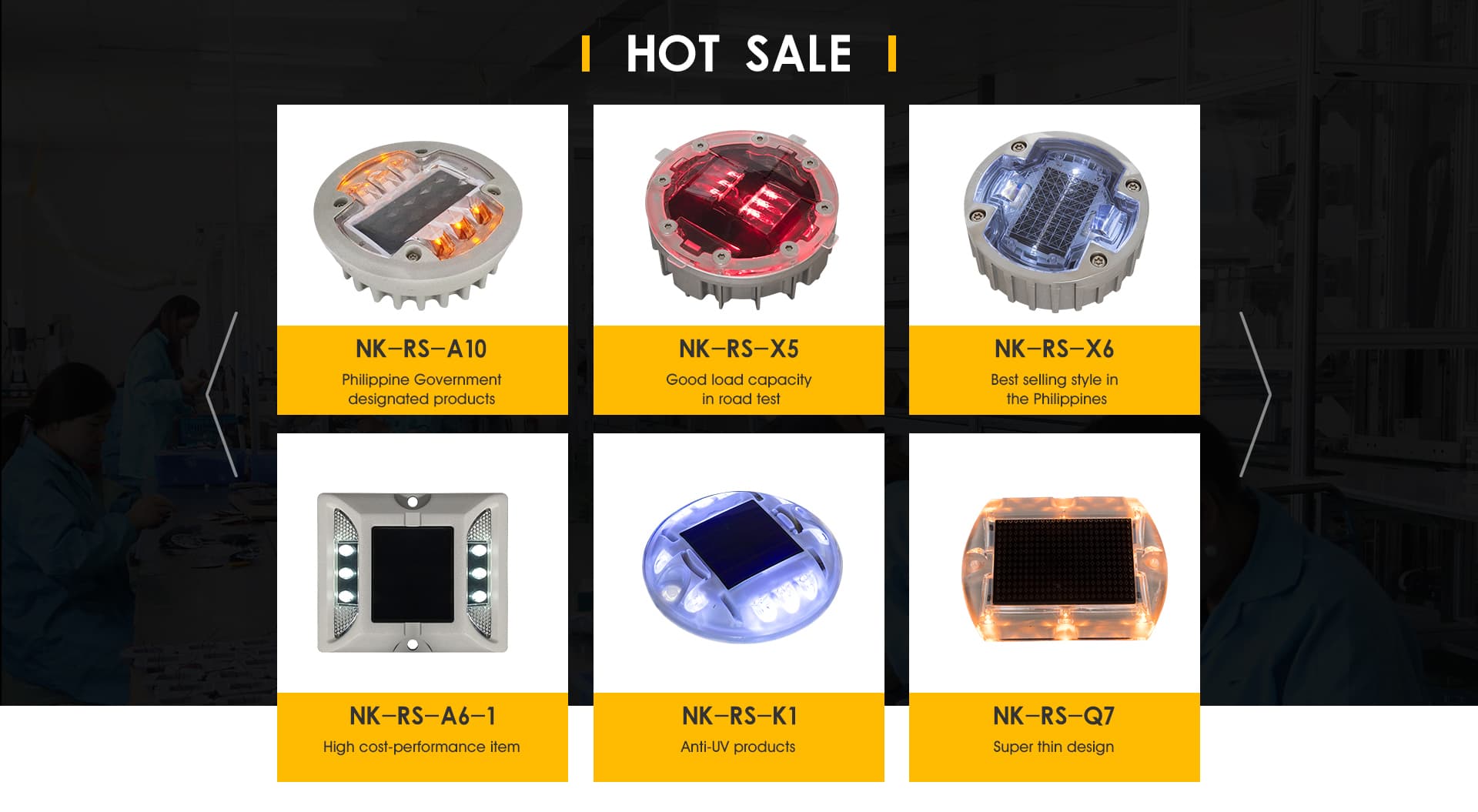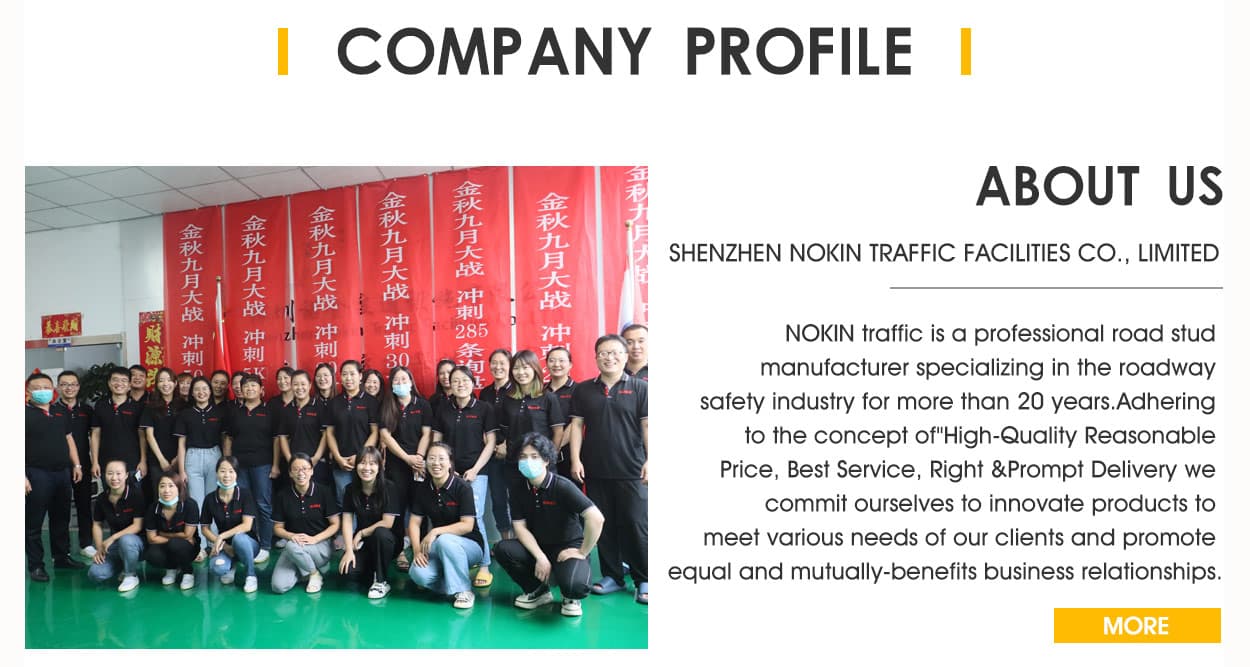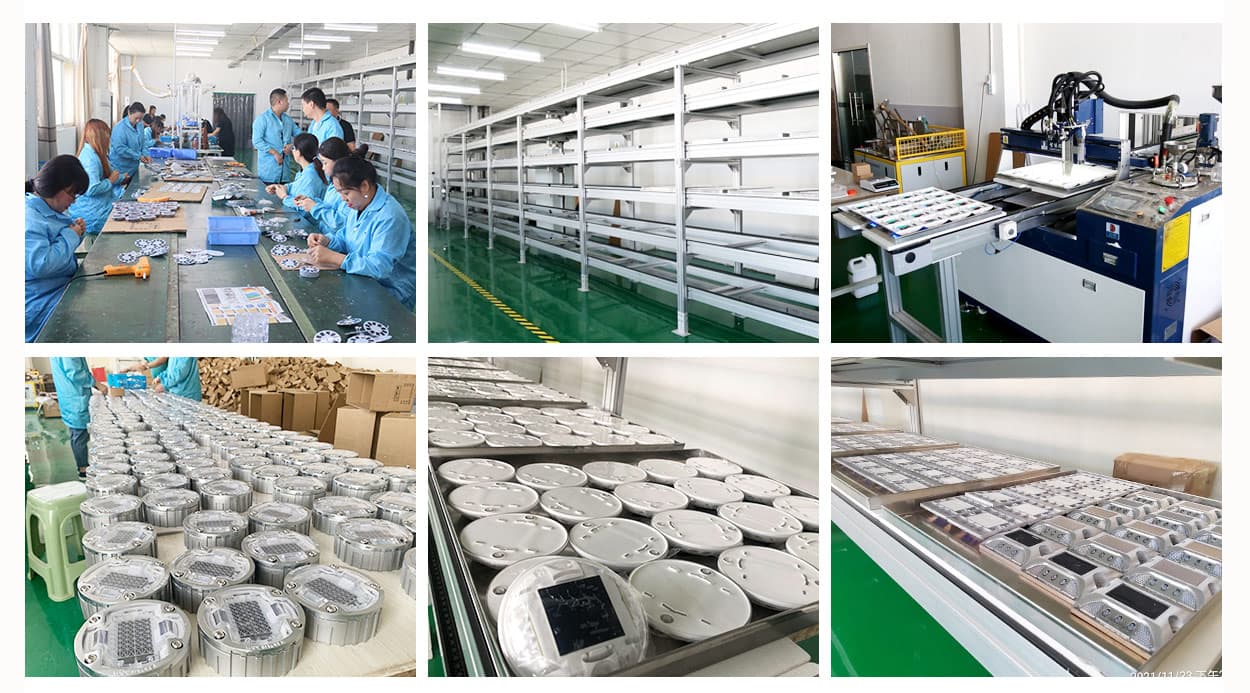


.jpg)
Reflective Road Studs Originally developed to assist drivers with visibility on the roads whilst headlamps were still of poor performance. The original “cats-eye” road reflector helped drivers see the roads regardless of the poor lighting.
.jpg)
Product Description -: The cat's eye is a retro reflective safety device used in marking. The road stud reflectors are extremely durables devices providing day and night visibility in adverse weather conditions.
.jpg)
Also seen during motorway repair work are plastic traffic pillars that are inserted into the socket of a retractable cat's eye rather than being free-standing. These are often used in conjunction with two rows of the temporary cat's eyes to divide traffic moving in opposite directions during motorway roadworks.
.jpg)
Oct 23, 2018 · NOKIN Cat Eye Reflector Plastic Road Stud (Yellow, 10 x 10 x 2 cm, 35 Pcs) by NOKIN. 10 Days Returnable Currently unavailable. We don't know when or if this item will be
.jpg)
Road Studs (Cat's eyes) Results 1 - 8 of 8. Sort by. Product Name +/- Product Short description Heavy Duty Plastic road stud. R 35,00 Excl VAT. Quick Look. More ...
.jpg)
Road Stud, Raised Pavement Markers, Retroreflective Plastic, Lane Divider, Cat Eye Road Stud, Refle - KLiteIndustrial ( China ) - Offers to Sell and Export - Thu 20 Nov, 2008 2:30 am - road stud raised pavement markers retroreflective plastic lane divider cat eye road stud refle road stud exceeds astm d4280 en1463 1 standard size 100 x 100 x
.jpg)
The motorway cat's eye is a reflective road stud used for road markings and the first series of raised pavement markers are designed by Percy Shaw. Mr. Yorkshireman Shaw is an inventor and businessman who founded his own company in 1935 to make his invention.
.jpg)
Jan 17, 2018 · Cat's Eye Road Studs The area in which Percy Shaw lived was prone to fog and the local roads were often hazardous for motorists. Shaw decided to invent reflecting studs that would be set into the surface of unlit roads. He was inspired by the reflection of car headlights in road signs.
.jpg)
Cat Eye Road Stud-designed to guide vehicle and pedestrian to right direction.-ideal for illuminating paths, decks, docks, boats, driveways, stairways, pavements.

Cat's eyes are also called road studs or retroreflective raised pavement markers (RRPMs). There are several types of cat's eyes used on the roads in New Zealand and they serve three purposes. Visual lane marking - using white in the middle and red on the left edge means that road users can follow these to stay in the lane.
.jpg)
Dec 16, 2015 · Green studs denote joining or leaving slip roads at junctions. Red studs are placed along the hard shoulder (the left side) of a roadway (Image reference: Drivingtesttips.biz, 2015) 5. It would be essential to extend the meaning of the implemented cat eye light color so that addition meaning could be demonstrated. New light sequencing editions
.jpg)
A blue road stud or cat's eye marks a fire hydrant These blue reflectors are installed on, or just to the left of the centreline of the roadway. They were first introduced in 2004. They are called retroreflective raised pavement markers or RRPMs.
.jpg)
Red cat's eyes are are used to demarcate the edge of the hard shoulder of motorways, plus the highway boundary of dual carriageways and major roads, whilst amber coloured cat's eyes are used to mark the boundary of central reservations and green coloured cat's eyes are used to identify slip road and junction exits.
.jpg)
The distance between any two cat’s eyes (road studs or RRPMs, i.e., retro-reflective pavement markers) on the highway (as a freeway is called in China) varies usually from 9 meters to 18 meters depending on the radius of the horizontal/vertical curve.
.jpg)
The stud is installed with a 2-part epoxy and sits in the low point of the groove approximately 1.6 cm below the road surface. The action of tyres passing over studs facilitates self-cleaning due to the depressible insert, and they are also quick and easy to replace if necessary.